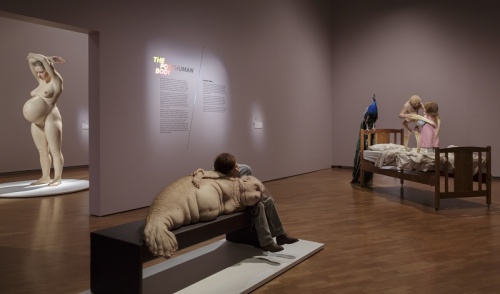
The institute’s retrospective of international artists working in hyperrealist sculpture over the last 50 years, toured venues in Denmark, Spain and Mexico during 2016. In this iteration, “Hyper Real”, the NGA’s senior curator of Contemporary Art Practice Global, Jaklyn Babington, has extended the original exhibition’s contemporary relevance with the inclusion of Australian artists, who are working at the cutting edge of this fascinating genre.
The exhibition’s uncanny nature arises from an intersection of perspectives. An initial response to many of these sculptural works, where the possibly of real and definitely not real, collide almost simultaneously in eye and mind.
32 artists, including six Australians, re-imagine, through video and sculpture in 49 works of art, the human form. The artworks are variably sized, both nude and fantastically garbed, whole and segmented, true to life and strangely mutated across human and animal genetic codes.
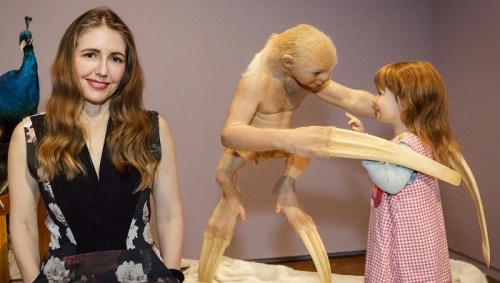
Tenderness for the human condition thrums through the sculptures of Australian artists Piccinini, Sam Jinks, Ron Mueck and Serbian artist Marc Sijan. Mueck’s monumental “Pregnant woman” (2002, fibreglass, silicone, polyester resin, oil paint, fibres) and “Wild man” (2005, fibreglass, silicone, polyester resin, oil paint, aluminium, wood, horse hair, synthetic hair) are breathtaking both in size and in the evocation of their separate interior struggles. When standing quietly beside “Wild man’s” thigh; it is possible that blood flows beneath the skin, that the muscle twitches, that the figure retreats marginally further in fear at another’s proximity.
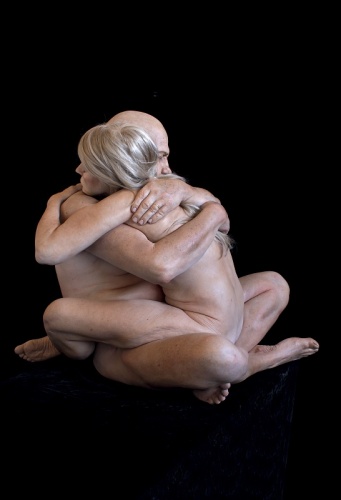
In a number of sculptures, such as Jinks’ “Woman and child” (2010, silicone, pigment, resin, silk, human hair)” and “The deposition” (2017, silicone, pigment, resin, fabric, human hair) or Sijan’s “Embrace”, the verisimilitude of extremities, of flesh, folded and creased by loving hands or intertwined limbs creates a mesmerising intimacy.
Among the exhibition’s larger set pieces is an electrifyingly subversive video installation, from the Russian collective AES+F. “Inverso Mundus” (2015) is presented in the round. The video’s stunning, homoerotic opening devolves into a series of set pieces whose scenes up-end society’s power relationships between youth and age, male and female, animals and humans, race and religion. This work is technically marvellous, with a cast of fascinating characters, and by turn is abject and amusing.
I was intrigued by the Chinese artist Cao Fei’s video work “Live in RMB City” (2009). Created in the online virtual world “Second Life”, Cao Fei’s avatar China Tracy and her talkative, philosophically inclined baby China Sun, discuss perceptions of reality as they lead viewers on a tour of RMB City.
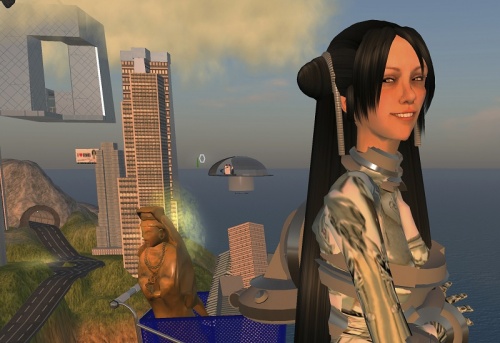
Sean Gladwell’s VR experience “Orbital Vanitas” (2017), is interesting and I look forward to his further development in this area.
Piccinini’s large installation “Boot flower” and “Meadow” is wonderfully imagined, though I would love to see non-distorting infinity mirrors replace those currently in situ.
Belgian artist Berlinde De Bruyckere’s intensely confronting torso “Elie” (2009), American artist Tony Oursler’s distressed and disembodied simulated head “Incubator”, (2003) or British artist Marc Quinn’s on-going blood project “Self”, (2011) are serious philosophical and art historical ruminations that remain accessible to all.
The presentation of works, by artists who are grappling with complex themes around what it means to be human, will delight, perplex and satisfy the broadest range of visitors. “Hyper Real”, as a whole, is a marvellous spectacle. It’s a hopeful and at times a mind-blowing invitation to imagining.
Who can be trusted?
In a world of spin and confusion, there’s never been a more important time to support independent journalism in Canberra.
If you trust our work online and want to enforce the power of independent voices, I invite you to make a small contribution.
Every dollar of support is invested back into our journalism to help keep citynews.com.au strong and free.
Thank you,
Ian Meikle, editor
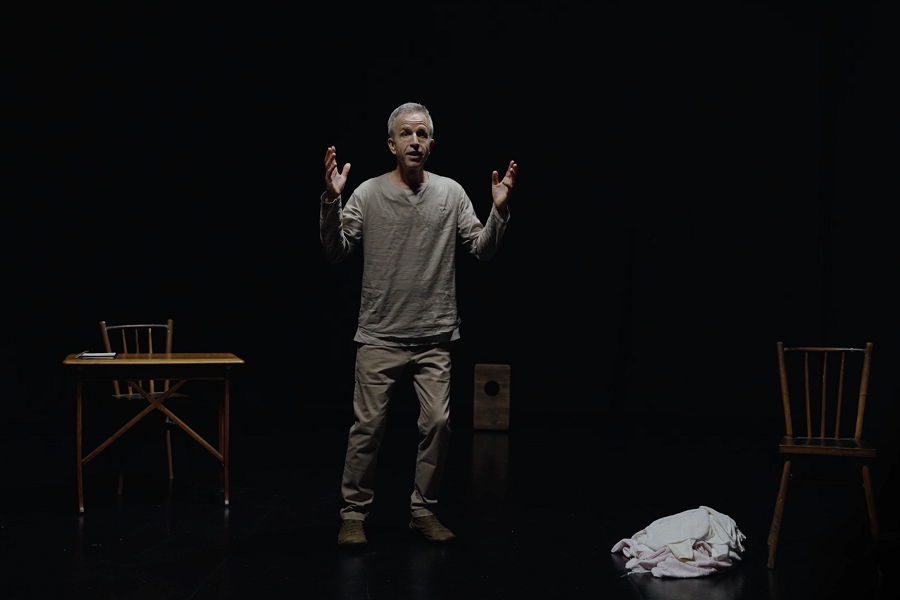
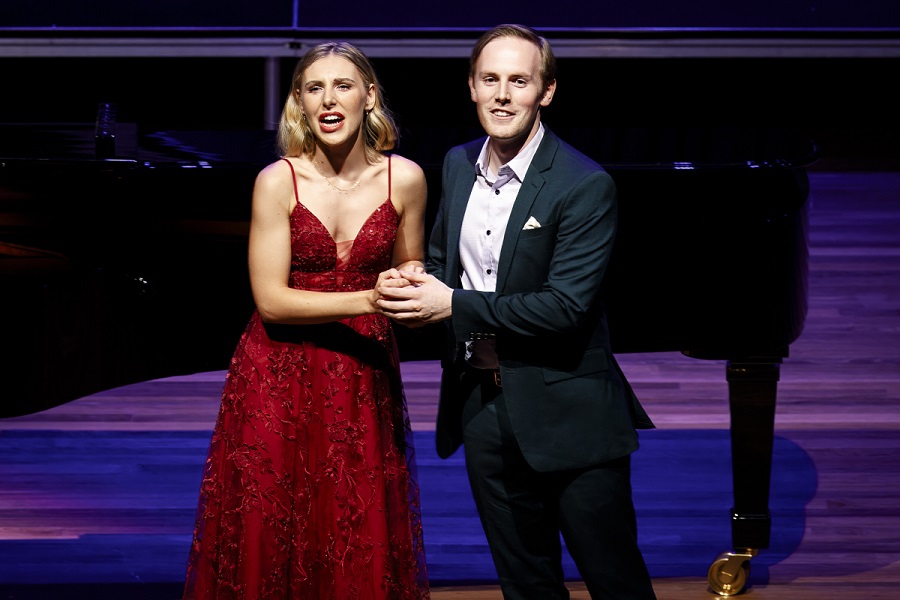
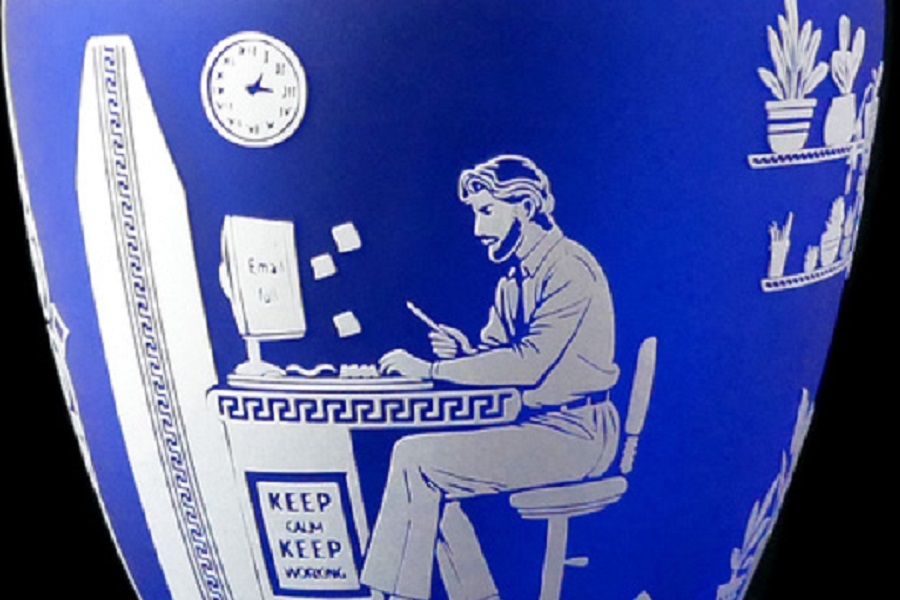

Leave a Reply